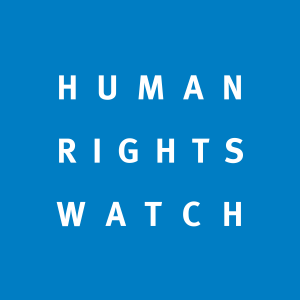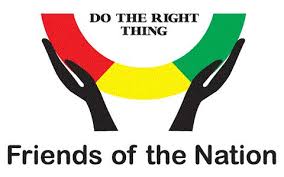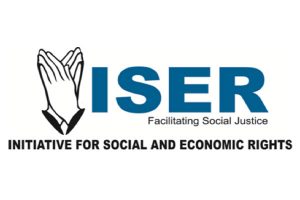Covid-19 Poverty and Child Labour
Background
Before the Covid-19 pandemic, countries around the globe had made remarkable progress in reducing child labor. According to the International Labour Organization (ILO), the number of children in child labor decreased by approximately 94 million between 2000 and 2016, representing a drop of 38 percent. But as the pandemic caused massive school closures and unprecedented loss of jobs and income for millions of families, many children have entered the workforce to help their families survive, while others have been forced to work longer hours or enter more precarious and exploitative situations. Some have become their families’ primary breadwinners after losing a caregiver to Covid-19.
The pandemic has had a profound impact on children’s rights, including their right to an adequate standard of living, their right to education, and protection from child labor. A rise in child labor is not an inevitable consequence of the pandemic, however. Policy measures that provide economic relief to families, such as cash transfers and child allowances, contributed significantly to the dramatic decrease in child labor since the early 2000’s. Used strategically, they can also help ensure the millions of families that experienced economic distress due to the pandemic enjoy an adequate standard of living and keep children out of dangerous and exploitative work.
This project focused on undertaking a research on the document the impact of Covid-19 on child labor and poverty in three countries: Ghana, Nepal, and Uganda, the implications on children’s rights, and government responses. Each of the three countries has made significant progress reducing poverty and child labor in recent decades. Each has also made an explicit commitment as a “pathfinder” country to accelerate efforts to eradicate child labor in line with the Sustainable Development Goals. Adopted by United Nations member states in 2015, these goals call for taking immediate and effective measures to eradicate forced labor, modern slavery and human trafficking, and ending child labor by 2025.
In Ghana, the project interviewed 24 children (18 boys and 6 girls), ages 11 to 17, in the towns of Prestea and Kpando-Torkor, and the Bolgatanga district. The children worked at gold mines, in carpentry, fishing, by transporting goods, and selling items on the street. The project was executed in partnership with Human Rights Watch.
Objectives
- To highlight and document children’s vulnerability to child labor as a result of the Covid-19 pandemic; and
- Promote effective response by governments, including the use of cash transfers to address the financial shocks experienced by vulnerable families and to reduce child labor.
Results
A research report that examined the rise in child labor and poverty during the Covid-19 pandemic in three countries: Ghana, Nepal, and Uganda, the impact on children’s rights, and government responses.
Read Report.
Partners



